Translation Google
04/06/2023—expertise
5 min
VETERINARY DRUGS
ANIMAL HEALTH AND WELFARE
Avian influenza: 3 vaccination scenarios for poultry
The recurrence of health crises linked to avian influenza and their increasing scale require the strengthening of preventive actions in French poultry farms. Vaccination of poultry is thus envisaged, in addition to the biosecurity measures already in place on farms. To help the public authorities establish a vaccination strategy that could be implemented as early as autumn 2023, ANSES is proposing three preventive vaccination scenarios. They aim to protect the poultry sectors and limit the spread of the virus by prioritizing, according to the means of vaccination available, the types of farms and the species to be vaccinated.
A crisis of unprecedented magnitude
France, like many other countries in the world, has experienced several major crises of highly pathogenic avian influenza (HPAI) in recent years. That of 2021-2022 was particularly severe, leading to the elimination of more than 21 million poultry and jeopardizing the French avian genetic heritage. In addition, endemization (persistence of the virus throughout the year) in wild birds in many places in the national territory is now strongly suspected.
Vaccination of poultry should be considered with a view to complementing the implementation of preventive biosecurity measures in the field such as confinement of animals, limitation of transfers of birds, disinfection or change of clothing and equipment. from one farm to another, etc. To date, only one vaccine for hens (species Gallus gallus) has a marketing authorization in France. Applications for marketing authorization or temporary authorization to use vaccines for several poultry species have recently been submitted and are currently being assessed by the National Agency for Veterinary Medicinal Products (ANMV) and the European Medicines Agency (EMA).
Adopt a preventive vaccination strategy
An emergency vaccination strategy is not considered scientifically relevant. The Agency proposes that the vaccination strategy to be put in place in autumn 2023 be carried out on a preventive basis and that it has several objectives:
“We did not opt for emergency vaccination because of the excessive delays between the vaccination of the animal and its protection against the virus, the delay for this immunity having been estimated at 3 to 4 weeks. In addition, vaccinating animals in the midst of an epizootic tends to increase the flow of people to the farms and therefore the risk of biosecurity breaches and the introduction of HPAI into these farms" specifies Caroline Boudergue, assistant to the Head of Unit Assessment of risks related to the welfare, health and nutrition of animals and vectors at ANSES.
Prioritize the types of livestock and the poultry species to be vaccinated
To construct this strategy, three scenarios are proposed with regard to the risks of introduction and spread of HPAI. These scenarios were established using a graduated approach, depending on the means available for vaccination:
The effectiveness of the proposed scenarios is based on the following assumptions and conditions:
The purpose of this work is to help public authorities and professionals in the poultry sector to build a vaccination strategy.
04/06/2023—expertise
5 min
VETERINARY DRUGS
ANIMAL HEALTH AND WELFARE
Avian influenza: 3 vaccination scenarios for poultry
The recurrence of health crises linked to avian influenza and their increasing scale require the strengthening of preventive actions in French poultry farms. Vaccination of poultry is thus envisaged, in addition to the biosecurity measures already in place on farms. To help the public authorities establish a vaccination strategy that could be implemented as early as autumn 2023, ANSES is proposing three preventive vaccination scenarios. They aim to protect the poultry sectors and limit the spread of the virus by prioritizing, according to the means of vaccination available, the types of farms and the species to be vaccinated.
A crisis of unprecedented magnitude
France, like many other countries in the world, has experienced several major crises of highly pathogenic avian influenza (HPAI) in recent years. That of 2021-2022 was particularly severe, leading to the elimination of more than 21 million poultry and jeopardizing the French avian genetic heritage. In addition, endemization (persistence of the virus throughout the year) in wild birds in many places in the national territory is now strongly suspected.
Vaccination of poultry should be considered with a view to complementing the implementation of preventive biosecurity measures in the field such as confinement of animals, limitation of transfers of birds, disinfection or change of clothing and equipment. from one farm to another, etc. To date, only one vaccine for hens (species Gallus gallus) has a marketing authorization in France. Applications for marketing authorization or temporary authorization to use vaccines for several poultry species have recently been submitted and are currently being assessed by the National Agency for Veterinary Medicinal Products (ANMV) and the European Medicines Agency (EMA).
Adopt a preventive vaccination strategy
An emergency vaccination strategy is not considered scientifically relevant. The Agency proposes that the vaccination strategy to be put in place in autumn 2023 be carried out on a preventive basis and that it has several objectives:
- anticipating epizootic outbreaks in order to avoid a massive spread of HPAI from contaminated homes;
- protect the poultry sectors by preserving the genetic heritage present in the territory and, therefore, the ability to restart production after a possible epizootic.
“We did not opt for emergency vaccination because of the excessive delays between the vaccination of the animal and its protection against the virus, the delay for this immunity having been estimated at 3 to 4 weeks. In addition, vaccinating animals in the midst of an epizootic tends to increase the flow of people to the farms and therefore the risk of biosecurity breaches and the introduction of HPAI into these farms" specifies Caroline Boudergue, assistant to the Head of Unit Assessment of risks related to the welfare, health and nutrition of animals and vectors at ANSES.
Prioritize the types of livestock and the poultry species to be vaccinated
To construct this strategy, three scenarios are proposed with regard to the risks of introduction and spread of HPAI. These scenarios were established using a graduated approach, depending on the means available for vaccination:
- Scenario 1 : vaccinate the animals on the farms providing selection and multiplication for all sectors (see box). This step has the advantage of requiring a limited number of doses of vaccine. It also makes it possible to protect the French poultry sectors from the impacts of a new epizootic by preserving the genetic potential as well as the ability to put animals back into production farming after the epizootic;
- Scenario 2 : vaccinate, on production farms, waterfowl (ducks and geese) ready to force-feed and other waterfowl reared outdoors, turkeys reared outdoors and future laying pullets intended for the outdoors. The objective is to limit the extent of epizootics by targeting the productions most at risk of introduction and spread of the virus. This scenario requires greater availability of vaccines than scenario 1;
- scenario 3 : if the availability of vaccines allows it, vaccination of palmipeds for roasting and turkeys raised in confinement (in buildings), meat galliforms raised in the open air other than those listed for scenario 2 and laying hens raised in outdoors.
The effectiveness of the proposed scenarios is based on the following assumptions and conditions:
- in autumn 2023, the epidemiological context is identical to that which exists today (H5N1 viral strain similar to that which circulated during the 2022-2023 season);
- the supply of vaccines available makes it possible to vaccinate each of the species and induces collective immunity;
- the vaccine strategy is consistent with the time taken to acquire immunity after administration of the vaccine and with the duration of vaccine protection;
- the vaccination strategy is compatible with farming practices, particularly from a logistical and economic point of view.
The purpose of this work is to help public authorities and professionals in the poultry sector to build a vaccination strategy.
In this opinion, we have voluntarily taken into account the only scientific aspect to meet the health objectives . It is now up to the competent authorities to take up the subject and decide on the measures to be taken according to other criteria such as the reality on the ground, the financial aspect, the availability of vaccines, the regulations, the human resources necessary to vaccination, etc.
CAROLINE BOUDERGUES
DEPUTY HEAD OF THE ASSESSMENT OF RISKS RELATED TO ANIMAL WELFARE, HEALTH AND FOOD AND VECTORS UNIT AT ANSES
Vaccination, one measure among others
Finally, the Agency recalls that vaccination is only one of the tools for combating HPAI. Proper application of biosecurity measures in poultry farming remains the most effective measure to prevent the introduction and spread of HPAI within and between farms. These measures therefore remain essential and vaccination does not replace them.
In addition, vaccination, if implemented, will require a reinforced surveillance protocol for vaccinated farms in order to detect and eliminate as quickly as possible those which nevertheless prove to be infected.
...
https://www.anses.fr/fr/influenza-av...tion-volailles
CAROLINE BOUDERGUES
DEPUTY HEAD OF THE ASSESSMENT OF RISKS RELATED TO ANIMAL WELFARE, HEALTH AND FOOD AND VECTORS UNIT AT ANSES
Vaccination, one measure among others
Finally, the Agency recalls that vaccination is only one of the tools for combating HPAI. Proper application of biosecurity measures in poultry farming remains the most effective measure to prevent the introduction and spread of HPAI within and between farms. These measures therefore remain essential and vaccination does not replace them.
In addition, vaccination, if implemented, will require a reinforced surveillance protocol for vaccinated farms in order to detect and eliminate as quickly as possible those which nevertheless prove to be infected.
...
https://www.anses.fr/fr/influenza-av...tion-volailles


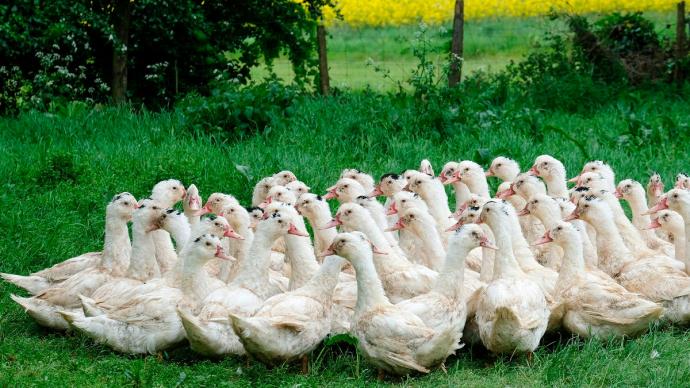

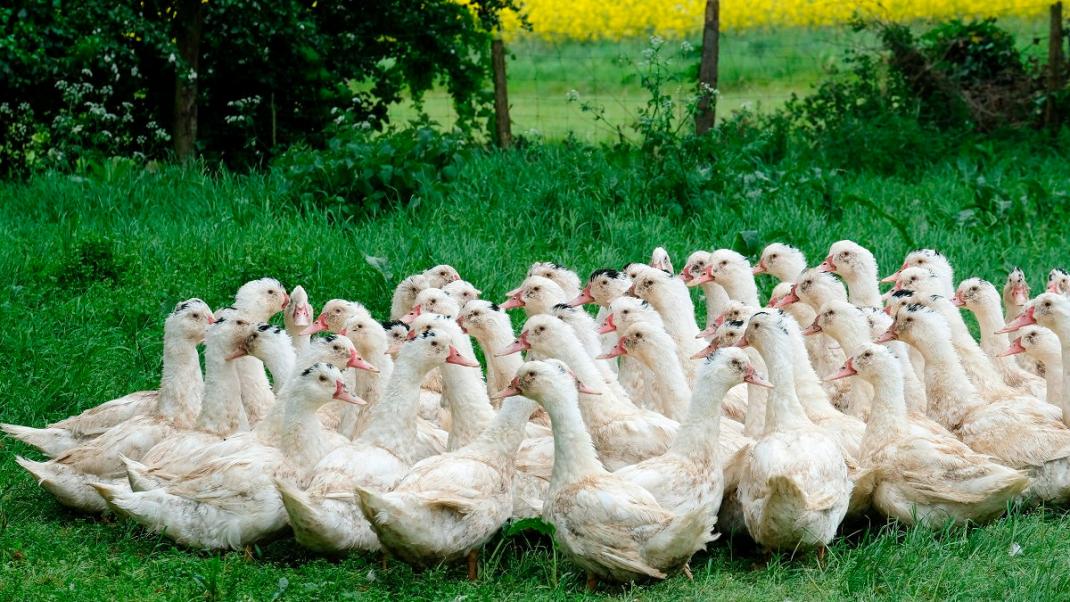


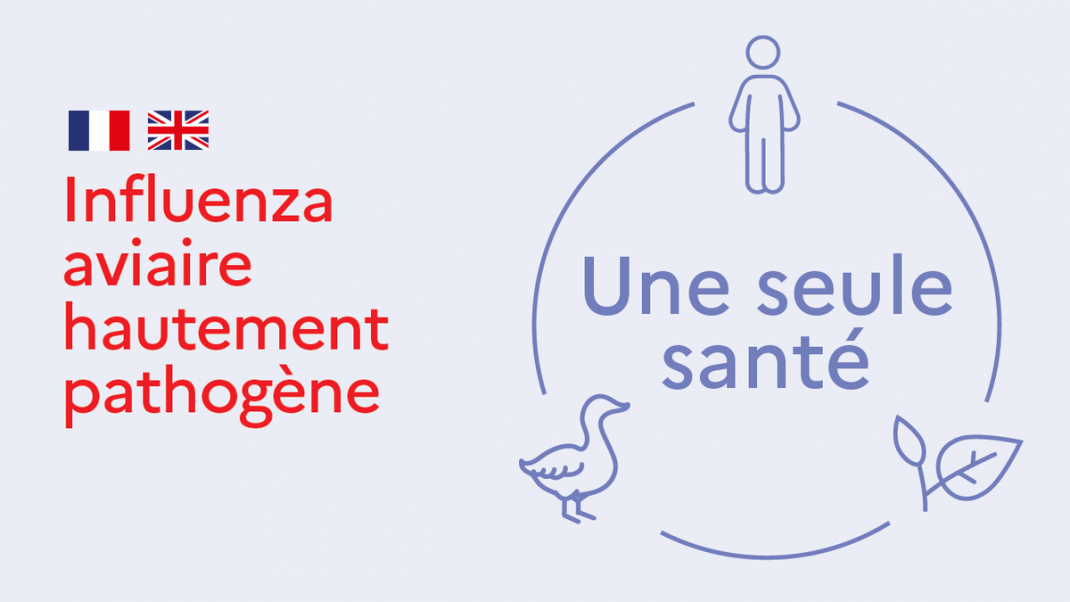

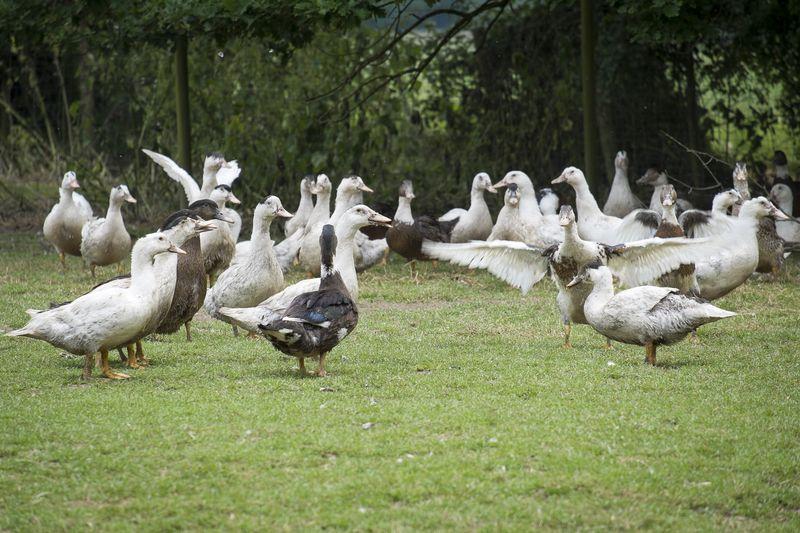
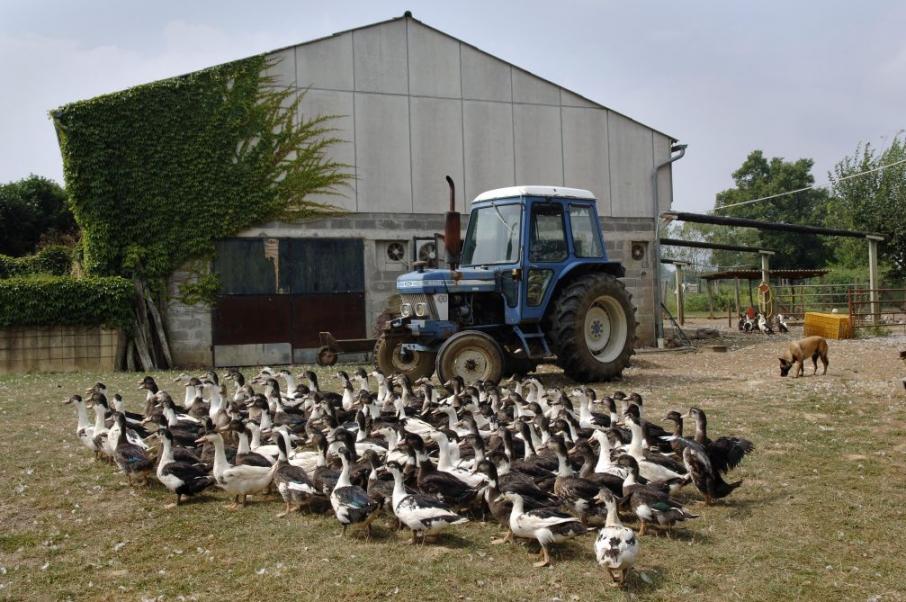
Comment